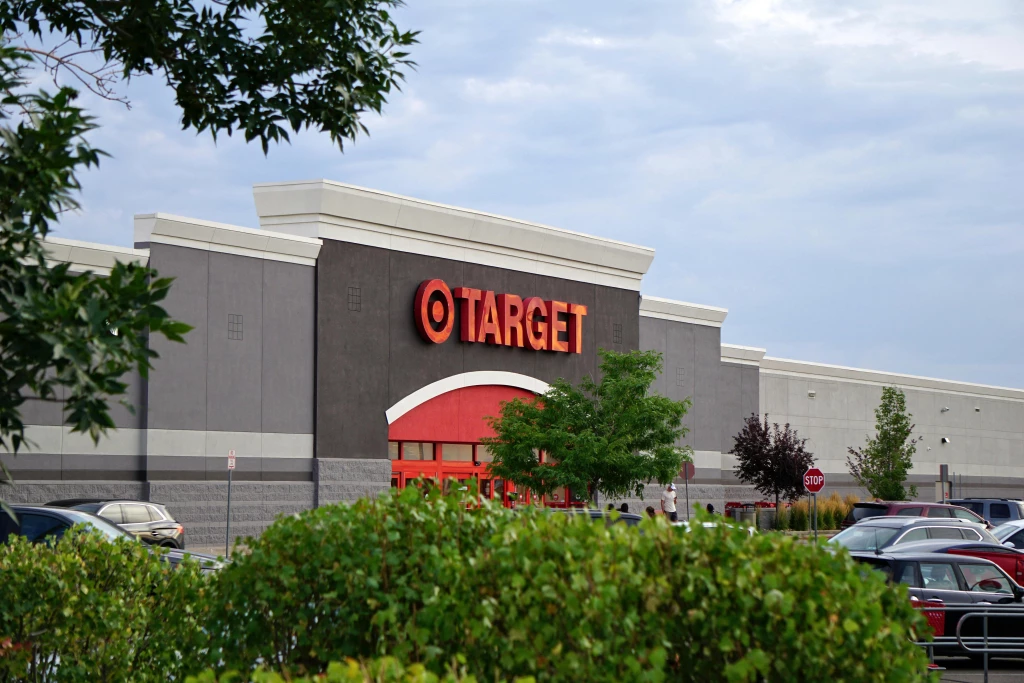Customer Service Lessons from the HBO Max, Roku Deal
Add bookmark
Streaming platforms have skyrocketed in the past few years. Services like Netflix and Hulu grant users access to massive archives of television and films at their leisure. In 2020, it would be hard to find a home that is without some form of streaming device.
With endless options available, users have become accustomed to watching content on their own terms. That’s why customers were reasonably surprised to find HBO Max, a new streaming service launched in May, missing on their devices.
Both Roku and Amazon were hard-pressed to land a deal with WarnerMedia, the parent company of HBO, after the service’s initial release, leaving customers understandably upset. While Amazon inked a deal last month, Roku was the last service to hold out.
With the Roku platform holding the top spot as the number one streaming device in the US, the deal left a lot of customers out in the dust. It particularly affected Roku users who subscribed prior to HBO Max’s official launch, only to find that they would only be able to access the platform on their phone or laptop. Customers were also upset by HBO’s refusal to mention this stipulation before launching the app.
The streaming device company was quick to pin negotiation woes on HBO; Roku’s founder told Variety that their platform is open to the service on “very reasonable terms”. But other companies like Apple, Samsung, and Google were all able to come to terms on a deal, leaving Roku’s customers feeling left out. HBO, then, was holding firm on their desire to keep the service as a standalone, shifting the service to an app-based distribution that would allow HBO more control.
The good news is, Roku and HBO were finally able to sort things out and the streaming service was made available to Roku users on Thursday, almost seven months after its release. But with all of the hassle the standstill caused Roku and HBO users, will customers be able to look past this service snub?
Customer Reaction
After HBO Max’s initial release, customers assumed the service would appear on their devices within a week or two, but after almost seven months, some customers may have made permanent switches.
I personally waited patiently, scouring the internet for some kind of update on when I could expect the new service on my own Roku TV. I was experiencing major ‘fear of missing out’ after every new release, eager to watch their new shows. But the day never seemed to come, and I started researching new streaming devices to replace my Roku.
The lack of urgency caused other users to rethink their streaming platform, with one Twitter user sharing his story as an early adopter purchasing the first generation Roku device released in 2010. After buying almost a dozen models, he was seriously considering a switch to Apple TV. Other users found workarounds on their Roku device, accessing the new platform through Apple Airplay on iPhones or screen mirroring for Androids.
On the other hand, HBO’s absence from such an important device surely bottlenecked its first-year impact. Of the services’ 35 million subscribers in the US, only 12.7 million have activated their Max accounts. As some long-time Roku users began to consider other platforms, others simply kept focusing on the Netflix, Hulu, Amazon Prime, and Disney+ content, leaving HBO Max behind in the streaming race.
When looking at these examples, we see a common theme; both Roku and HBO didn’t seem to consider their customer’s reaction. While Roku continually stated that, “Fair and reasonable content distribution deals,” are the reason they can support their “low-cost easy-to-use Roku platform.” They didn’t factor in the idea that customers would still feel slighted. Additionally, HBO’s decision to withhold its service from the platform left paying subscribers unable to use their accounts. In both scenarios, customers were ultimately disappointed.
Transparency is Key
With few updates on when a deal would arrive, customers sensed a lack of transparency. 86% of Americans believe that transparency is more important than ever before. With a foundation of transparency, nine out of ten people say that they’re willing to give companies a second chance after a bad experience.
If Roku had worked to give their customers some clarity on the negotiations, or at least given them a sense of hope to avoid a switch, their customers would have a better understanding of their motives. Instead, they were left seeking new sources for the service.
In contrast, HBO’s lack of communication regarding who could access the service left users confused. With only 30% of their subscriber base activating accounts, it’s evident that the service has been highly impacted by the extended negotiations. Customers needed a clearer response with the introduction of the platform.
In the streaming service example, we can see the importance of a customer-centric mindset. When business-disputes get prioritized over customer service, individuals are willing to seek out more trustworthy brands that offer them the services they want.
Although Roku is the leading streaming platform, this bruise on their customer experience will take time to heal. Additionally, HBO may have to mitigate a poor first impression with new customers after finalizing the long-awaited deal. From both, we see how prioritizing the customer goes a long way and offering customers transparency, at the very least, gives people a reason to continue with your brand.
Photo by JESHOOTS.com PEXELS






















